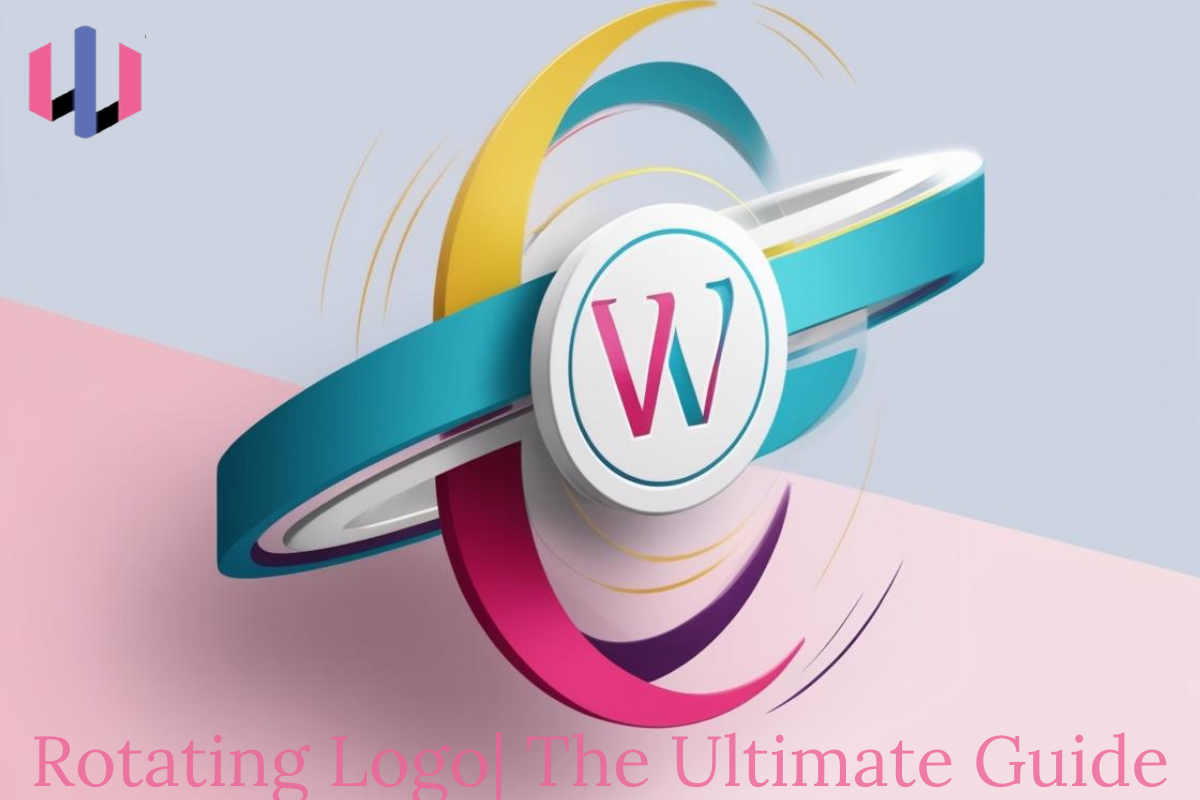Learn how a rotating logo adds flair to your branding! Learn its benefits, design tips, and why it’s a must-have for your business.
A rotating logo is more than a design, it's a statement of creativity and modernity. In today’s competitive market, businesses must stand out, and dynamic logos provide the visual edge necessary for making a memorable impression.
This comprehensive guide dives into everything you need to know about rotating logos, including their benefits, design techniques, and implementation.
What is a Rotating Logo?
A rotating logo is a visually dynamic logo that incorporates motion or the illusion of movement, such as spinning, flipping, or rotating elements. This design innovation captivates audiences, reinforces brand recognition, and communicates a sense of forward-thinking and innovation.
The Ultimate Guide to Rotating Logos: Transforming Brand Identity
A rotating logo is more than a design, it's a statement of creativity and modernity. In today’s competitive market, businesses must stand out, and dynamic logos provide the visual edge necessary for making a memorable impression.
This comprehensive guide dives into everything you need to know about rotating logos, including their benefits, design techniques, and implementation.
What is a Rotating Logo?
A rotating logo is a visually dynamic logo that incorporates motion or the illusion of movement, such as spinning, flipping, or rotating elements. This design innovation captivates audiences, reinforces brand recognition, and communicates a sense of forward-thinking and innovation.
Why Rotating Logos Are Game-Changing for Brands?
1. Captures Attention
Dynamic visuals naturally draw the eye. Rotating logos leverage motion to grab viewers’ attention, making your brand stand out in crowded digital spaces.
2. Reinforces Brand Identity
The movement in rotating logos can symbolize growth, innovation, or the core values of your business. They enable storytelling in a way that static logos cannot.
3. Enhances Digital Appeal
Modern businesses thrive in digital environments, and rotating logos are a perfect fit. They complement website banners, social media, and video content, offering an interactive feel.
4. Improves Engagement
Interactive designs like rotating logos create a sense of curiosity and keep users engaged longer. This can lead to better brand recall and customer loyalty.
Key Design Principles for Rotating Logos
1. Simplicity is Key
Avoid overly complex movements. Simple, smooth rotations create elegance and ensure the logo remains identifiable.
2. Maintain Brand Consistency
The rotating elements should align with your brand’s colors, fonts, and overall identity. A mismatch can confuse your audience.
3. Optimize for Versatility
Ensure your rotating logo works seamlessly across platforms—websites, mobile devices, and social media. Responsive designs are essential.
4. Incorporate Subtlety
Subtle rotations or transitions often appear more professional and sophisticated than overly dramatic movements.
How to Create a Rotating Logo?
Creating a rotating logo involves combining design creativity with software tools to produce a dynamic and visually appealing effect. The process begins with designing a logo using graphic design software like Adobe Illustrator, Photoshop, or Procreate.
Once the logo design is finalized, animation software such as Adobe After Effects, Blender, or Canva can be used to add the rotation effect. Import the logo into the animation software and set the rotation parameters, such as the speed, axis (horizontal, vertical, or 3D), and duration of the rotation.
For 3D rotation, programs like Blender provide advanced options to simulate depth and lighting for a realistic effect. Fine-tune the animation by adjusting frames per second (fps) for smooth movement and preview the rotation to ensure it aligns with your creative vision.
After completing the animation, export the logo in the desired format, such as MP4, GIF, or WebM, depending on where it will be used. This process requires attention to detail to maintain brand consistency and ensure that the rotation effect enhances rather than distracts from the logo’s essence.
How to make a 3D rotating logo?
Creating a 3D rotating logo involves utilizing 3D design software or animation tools to craft a visually appealing and dynamic representation of your brand. First, you need to design the logo in a vector-based program like Adobe Illustrator or CorelDRAW.
This ensures scalability and precision when importing it into 3D software. Once the logo is ready, import it into a 3D modeling program like Blender, Cinema 4D, or Autodesk Maya.
These tools allow you to extrude the 2D logo into a 3D model by adding depth and defining its materials, textures, and colors for a polished look. Next, set up the animation by applying a rotation keyframe to the logo's axis.
You can adjust the speed, direction, and loop settings to create a seamless rotating effect. Finally, export the animation in your desired format, ensuring compatibility with its intended platform, such as websites, presentations, or video editing software.
Final Lines
Incorporating a rotating logo into your branding strategy can set you apart in today’s fast-paced digital landscape. By focusing on simplicity, consistency, and strategic placement, you can use this innovative design element to captivate your audience and solidify your brand identity.

